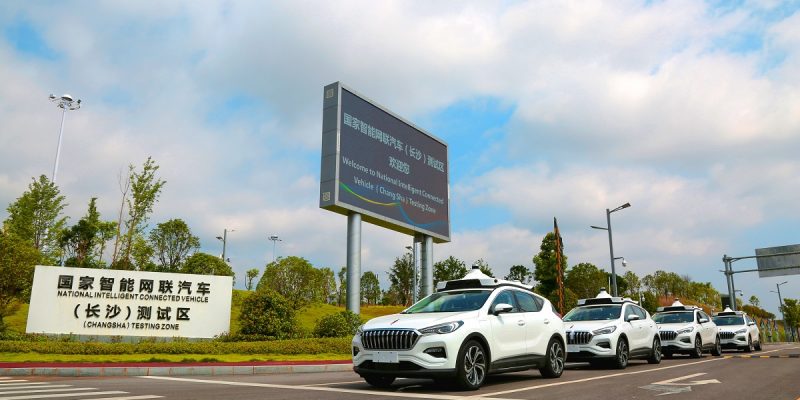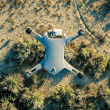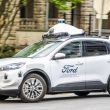Future prospects of autonomous on-demand mobility
Dr Shafiq Urréhman is leading all artificial intelligence (AI) and machine learning projects at CEVT AB in Sweden reveals that in his opinion there are two distinct mobility trends: logistics and customer mobility, such as robo-taxis, which he predicts will be prevalent in 2025 with limited features.
These features will include autonomous parking. Over the last five years Level 2 of automation has become widely adopted by automakers in passenger cars. Moving on to the present day, they are working on vehicle autonomy stages of Level 3 and Level 4, advanced beyond that of Tesla’s misnamed Autopilot system.
Similar trends can be seen in the development of autonomous trucks, which he thinks will become more common in 2028 in the logistics market. Although, for now, they will operate between predefined hubs as the technology is unlikely to mature enough to be given free reign.
Electric scooters, while some of their users has created some controversy owing to them being used on pavements and causing some injury to pedestrians, will also be more accepted and part of the on-demand mobility mix. “People have just started to accept the electric future with the likes of them,” he says before adding that McKinsey and Boston Consulting Group (BCG) as well as CEVT’s own internal surveys point towards this direction.
The role of data and AI
Shafiq will be speaking about these trends and the future of autonomous OnDemand Mobility at AutoTech Europe, which will be held between 15-16 November 2022 at the Leonardo Royal Hotel, Munich, Germany. He says he will mostly at talk about mostly data and its role in AI applications and services. “We will also discuss in-car applications and how other applications are being developed using data, as well as the impact of regulations such as GDPR on future data development, and there will be a panel discussion,” he adds.
Different vector considerations
Augustin K. Wegscheider, auto and mobility partner at BCG says, when considering the current autonomous on-demand mobility trends, there is a need to think about the different vectors in regard to the different models that exist. To that end he asks several questions: Is the vehicle a single occupancy, multiple occupancy, or a purpose-built vehicle for goods? Is it point-to-point or fixed route, where a shuttle operates? Point-to-point allows me to go where I want to go within a geofence, which is a robo-taxi model. Robo-taxis need to have the confidence that they can operate the software. This is why they are deployed within cities. Is the monetization model of whether it is on the per-ride basis (such as when someone gets on a bus) or the per-distance basis? This is based on the length or duration of the trip in the way that Uber charges.
Multimodal integration
“These are the landscapes of different solutions and different deployments, and all of these are being actively piloted and trialled,” he says. From his perspective, the most interesting angle is about the extent to which on-demand mobility services complement versus compete with other solutions.
To read the complete article, visit TU-Automotive.

















